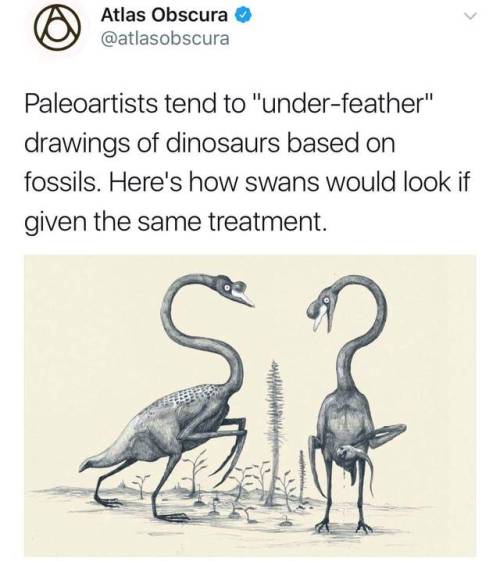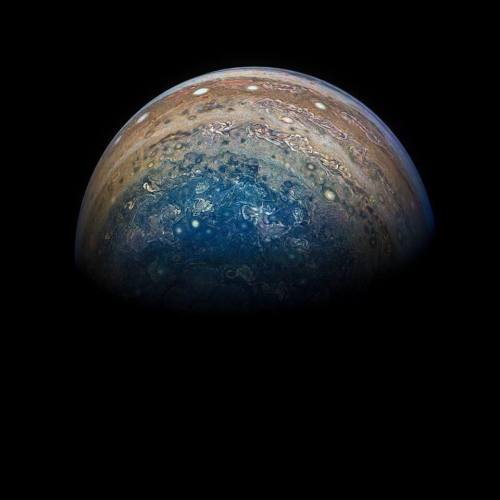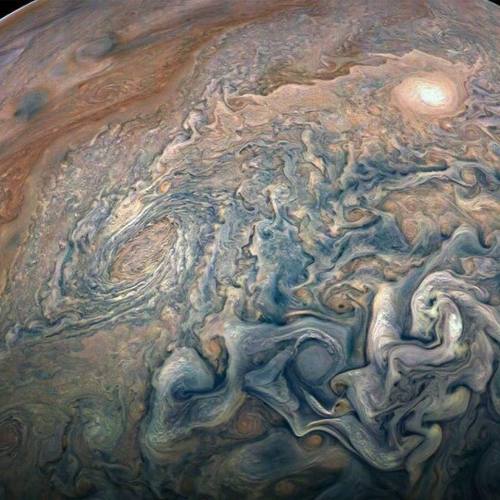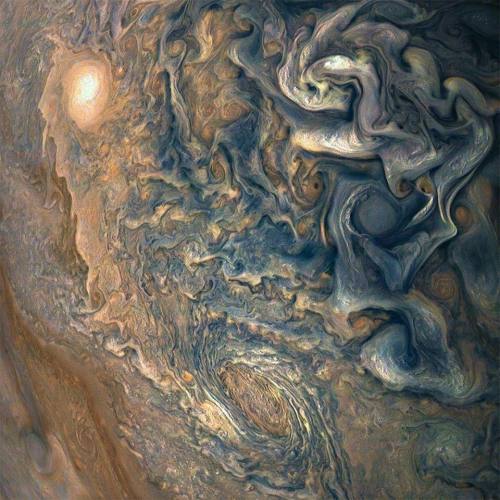Scientists Have Discovered The World’s Oldest Known Water In An Ancient Pool In Canada That’s At

Scientists have discovered the world’s oldest known water in an ancient pool in Canada that’s at least 2 billion years old.
Back in 2013 they found water dating back about 1.5 billion years at the Kidd Mine in Ontario, but searching deeper at the site revealed an even older source buried underground.
The initial discovery of the ancient liquid in 2013 came at a depth of around 2.4 kilometres (1.5 miles) in an underground tunnel in the mine. But the extreme depth of the mine – which at 3.1 kilometres (1.9 miles) is the deepest base metal mine in the world – gave researchers the opportunity to keep digging.
“[The 2013 find] really pushed back our understanding of how old flowing water could be and so it really drove us to explore further,” geochemist Barbara Sherwood Lollar from the University of Toronto told Rebecca Morelle at the BBC.
“And we took advantage of the fact that the mine is continuing to explore deeper and deeper into the earth.”
The new source was found at about 3 kilometres (1.9 miles) down, and according to Sherwood Lollar, there’s a lot more of it than you might expect.
Continue Reading.
More Posts from Science-is-magical and Others
Why do we not discuss clouds more?

I mean look at that. That’s water.

Flying water.

FLYING

FUCKING

WATER
LIKE WHAT THE FUCK, WHY DO WE EVER STOP TALKING ABOUT THIS
WHAT IS THIS
HOW IS THIS EVEN

AND NOW THE FLYING WATER IS EATING A MOUNTAIN
GOD DAMN, WHAT

There’s Evidence of a New Ninth Planet. For real!
Caltech researchers have found evidence of a giant planet tracing a bizarre, highly elongated orbit in the outer solar system. The object, nicknamed Planet Nine, has a mass about 10 times that of Earth and orbits about 20 times farther from the sun on average than does Neptune, farthest planet from the Sun. In fact, it would take this new planet between 10,000 and 20,000 years to make just one full orbit around the sun.
Planetary scientists, Konstantin Batygin and Mike Brown, describe their work in the current issue of the Astronomical Journal and show how Planet Nine helps explain a number of mysterious features of the field of icy objects and debris beyond Neptune known as the Kuiper Belt.
Unlike the class of smaller objects now known as dwarf planets, Planet Nine gravitationally dominates its neighborhood of the solar system. In fact, it dominates a region larger than any of the other known planets.
Batygin and Brown predicted the planet’s existence through mathematical modeling and computer simulations but have not yet observed the object directly.
To put it briefly, Batygin and Brown inferred its presence from the peculiar clustering of six previously known objects that orbit beyond Neptune. They say there’s only a 0.007% chance that the clustering could be a coincidence. Instead, they say, a planet has shepherded the six objects into their strange elliptical orbits, tilted out of the plane of the solar system. It wasn’t the first possibility they investigated and they ran different simulations until finding that an anti-aligned orbit of the ninth planet prevents the Kuiper Belt objects from colliding with it and keeps them aligned. read more here
Diagram: The six most distant known objects in the solar system with orbits beyond Neptune (magenta) all mysteriously line up in a single direction. Also, when viewed in three dimensions, they all tilt nearly identically away from the plane of the solar system. A planet with in a distant eccentric orbit anti-aligned with the other six objects (orange) is required to maintain this configuration. The diagram was created using WorldWide Telescope. Credit: Caltech/R. Hurt (IPAC)


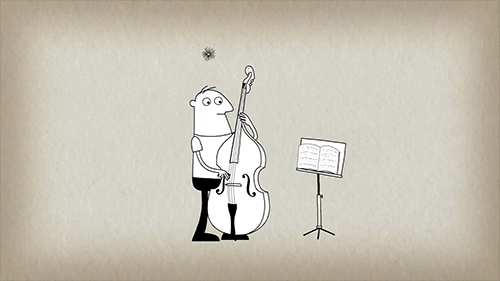
How playing an instrument benefits your brain
Recent research about the mental benefits of playing music has many applications, such as music therapy for people with emotional problems, or helping to treat the symptoms of stroke survivors and Alzheimer’s patients. But it is perhaps even more significant in how much it advances our understanding of mental function, revealing the inner rhythms and complex interplay that make up the amazing orchestra of our brain.
Did you know that every time musicians pick up their instruments, there are fireworks going off all over their brain? On the outside they may look calm and focused, reading the music and making the precise and practiced movements required. But inside their brains, there’s a party going on.
From the TED-Ed lesson How playing an instrument benefits your brain - Anita Collins
Animation by Sharon Colman Graham
-
 painttolive reblogged this · 1 year ago
painttolive reblogged this · 1 year ago -
 titus-androgynous-87 reblogged this · 5 years ago
titus-androgynous-87 reblogged this · 5 years ago -
 ofthatcolossalwreck liked this · 5 years ago
ofthatcolossalwreck liked this · 5 years ago -
 rainbowsandthings liked this · 5 years ago
rainbowsandthings liked this · 5 years ago -
 mcgeekle liked this · 5 years ago
mcgeekle liked this · 5 years ago -
 reignandco liked this · 5 years ago
reignandco liked this · 5 years ago -
 macaroni-rascal reblogged this · 5 years ago
macaroni-rascal reblogged this · 5 years ago -
 para-mania liked this · 6 years ago
para-mania liked this · 6 years ago -
 cipher-wise liked this · 6 years ago
cipher-wise liked this · 6 years ago -
 thecrowstars liked this · 6 years ago
thecrowstars liked this · 6 years ago -
 l4g99 reblogged this · 6 years ago
l4g99 reblogged this · 6 years ago -
 theanonimpersonator liked this · 6 years ago
theanonimpersonator liked this · 6 years ago -
 cube-kirby reblogged this · 6 years ago
cube-kirby reblogged this · 6 years ago -
 therealwolfman reblogged this · 6 years ago
therealwolfman reblogged this · 6 years ago -
 amotleycrew reblogged this · 6 years ago
amotleycrew reblogged this · 6 years ago -
 pallor-mortis-symptoms reblogged this · 7 years ago
pallor-mortis-symptoms reblogged this · 7 years ago -
 calipsoe reblogged this · 7 years ago
calipsoe reblogged this · 7 years ago -
 phoenixdnasty liked this · 7 years ago
phoenixdnasty liked this · 7 years ago -
 catmaker liked this · 7 years ago
catmaker liked this · 7 years ago -
 madeleine-bobo-blog liked this · 7 years ago
madeleine-bobo-blog liked this · 7 years ago -
 kiiworlds reblogged this · 8 years ago
kiiworlds reblogged this · 8 years ago -
 walkietalkieswag reblogged this · 8 years ago
walkietalkieswag reblogged this · 8 years ago -
 kiiwis reblogged this · 8 years ago
kiiwis reblogged this · 8 years ago -
 speckledsnail liked this · 8 years ago
speckledsnail liked this · 8 years ago -
 theprophetandtheliar reblogged this · 8 years ago
theprophetandtheliar reblogged this · 8 years ago -
 gogglesque liked this · 8 years ago
gogglesque liked this · 8 years ago -
 apurplesupervillain reblogged this · 8 years ago
apurplesupervillain reblogged this · 8 years ago -
 science-is-magical reblogged this · 8 years ago
science-is-magical reblogged this · 8 years ago -
 kirawri liked this · 8 years ago
kirawri liked this · 8 years ago -
 caststone reblogged this · 8 years ago
caststone reblogged this · 8 years ago -
 pedoxonna liked this · 8 years ago
pedoxonna liked this · 8 years ago -
 aejrogota-infodump reblogged this · 8 years ago
aejrogota-infodump reblogged this · 8 years ago -
 aejrogota-dvagunda reblogged this · 8 years ago
aejrogota-dvagunda reblogged this · 8 years ago -
 halcyon-morpho-menelaus reblogged this · 8 years ago
halcyon-morpho-menelaus reblogged this · 8 years ago -
 mshmerler liked this · 8 years ago
mshmerler liked this · 8 years ago -
 we-can-escape liked this · 8 years ago
we-can-escape liked this · 8 years ago -
 geekygirl89-blog liked this · 8 years ago
geekygirl89-blog liked this · 8 years ago
